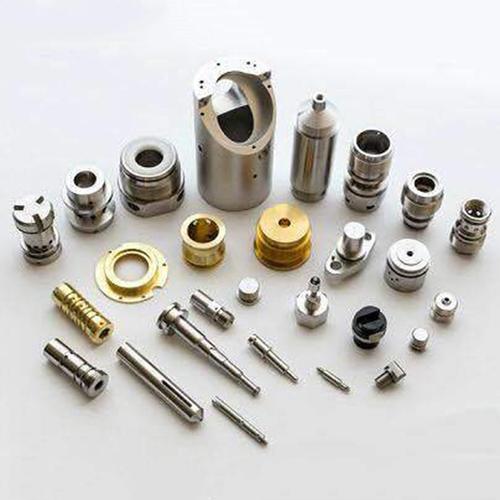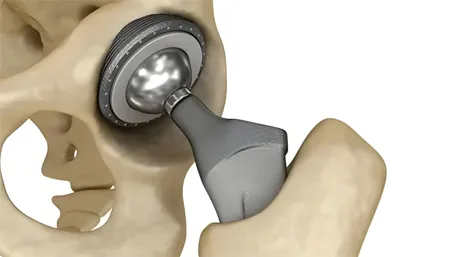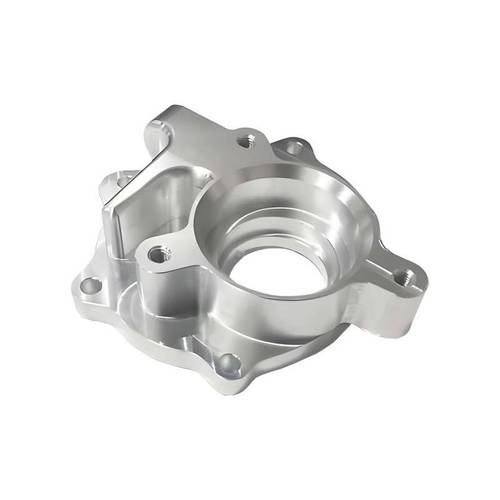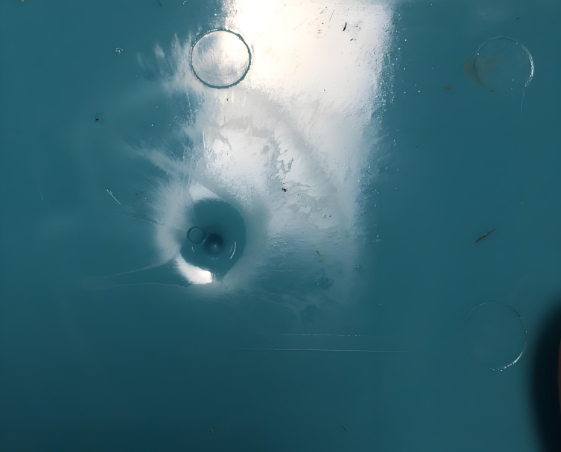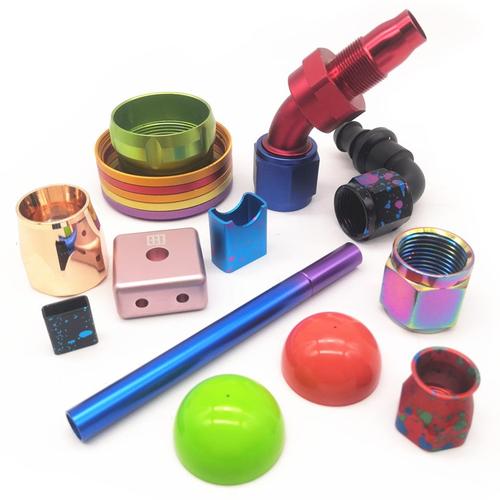In CNC machining, Ra (Arithmetic Average Roughness) is the most common standard for measuring surface roughness. It quantifies the average deviation of a surface’s peaks and valleys from a mean line, expressed in micrometers (μm) or microinches (μin). Ra standards define acceptable surface smoothness for different applications, ensuring parts function properly (e.g., reducing friction) and meet aesthetic or performance requirements.
What do Ra values represent?
Ra values range from 0.025 μm (ultra-smooth) to 25 μm (very rough), with lower numbers indicating smoother surfaces:
- Ra 0.025–0.1 μm: Mirror-like finishes, achievable via precision grinding or polishing. Used for optical components or sealing surfaces in high-pressure systems.
- Ra 0.2–0.8 μm: Smooth finishes from fine milling or turning. Common in bearing surfaces, hydraulic cylinders, or parts requiring tight seals.
- Ra 1.6–3.2 μm: Moderate smoothness from standard CNC machining (e.g., end milling with sharp tools). Suitable for general-purpose parts like brackets or housings.
- Ra 6.3–12.5 μm: Rough finishes from roughing cuts. Used for non-critical parts (e.g., structural supports) where smoothness is unimportant.
What are the industry-specific Ra standards?
Different sectors define Ra requirements based on functionality:
-
- Engine components (e.g., turbine blades) require Ra 0.4–0.8 μm to minimize air resistance and wear.
-
- Structural joints may accept Ra 1.6–3.2 μm, balancing strength and cost.
-
- Implants (e.g., hip replacements) need Ra ≤ 0.8 μm to prevent tissue irritation and bacterial buildup.
-
- Surgical tools often require Ra 0.2–0.4 μm for easy cleaning and precise handling.
-
- Bearing surfaces: Ra 0.4–0.8 μm to reduce friction and extend lifespan.
-
- Exterior trim: Ra 1.6–3.2 μm for aesthetic appeal without excessive polishing.
-
- Sealing surfaces (e.g., cylinder bores) demand Ra 0.1–0.4 μm to prevent fluid leakage under pressure.
How are Ra standards specified in CNC machining?
Ra requirements are typically defined in engineering drawings using:
- ISO 4287: The international standard for surface texture measurement, including Ra. It specifies how to calculate and report Ra values.
- GD&T (Geometric Dimensioning and Tolerancing): Symbols (e.g., a triangle with “Ra 1.6”) indicate Ra requirements directly on part drawings, ensuring clarity between designers and machinists.
What factors affect Ra in CNC machining?
Achieving target Ra values depends on machining parameters:
- Tool selection: Sharp, high-quality carbide tools with polished flutes produce smoother surfaces than dull or low-grade tools.
-
- Feed rate: Lower feed rates (e.g., 50–100 mm/min) reduce tool marks, improving Ra.
-
- Spindle speed: Higher speeds (for appropriate materials) create finer chips, leading to smoother finishes.
-
- Depth of cut: Shallow finishing passes (0.05–0.1 mm) refine surfaces better than deep cuts.
- Material: Softer materials (e.g., aluminum) achieve lower Ra values more easily than hard materials (e.g., steel) with the same tooling.
How is Ra measured in CNC machining?
To verify compliance with Ra standards, machinists use:
- Contact profilometers: A stylus traces the surface, recording peak-to-valley deviations to calculate Ra.
- Optical scanners: Non-contact devices that use lasers to map surface texture, ideal for delicate or large parts.
- Comparators: Visual tools that match the surface to standard Ra samples for quick, qualitative checks.
Why are Ra standards important?
- Functionality: Smooth surfaces (low Ra) reduce friction, wear, and fluid leakage; rough surfaces (high Ra) may improve adhesion (e.g., for painting or bonding).
- Cost control: Over-specifying Ra (e.g., requiring Ra 0.1 μm for a non-critical part) increases machining time and cost.
- Interchangeability: Consistent Ra ensures parts from different suppliers fit and function together (e.g., bearings mating with shafts).
Conclusion
Ra standards in CNC machining define surface roughness to balance performance, cost, and functionality. Ranging from ultra-smooth (Ra 0.025 μm) to rough (Ra 25 μm), these standards vary by industry—with aerospace and medical sectors demanding the tightest tolerances. By aligning machining parameters with Ra requirements, manufacturers ensure parts meet both design intent and real-world performance needs.
